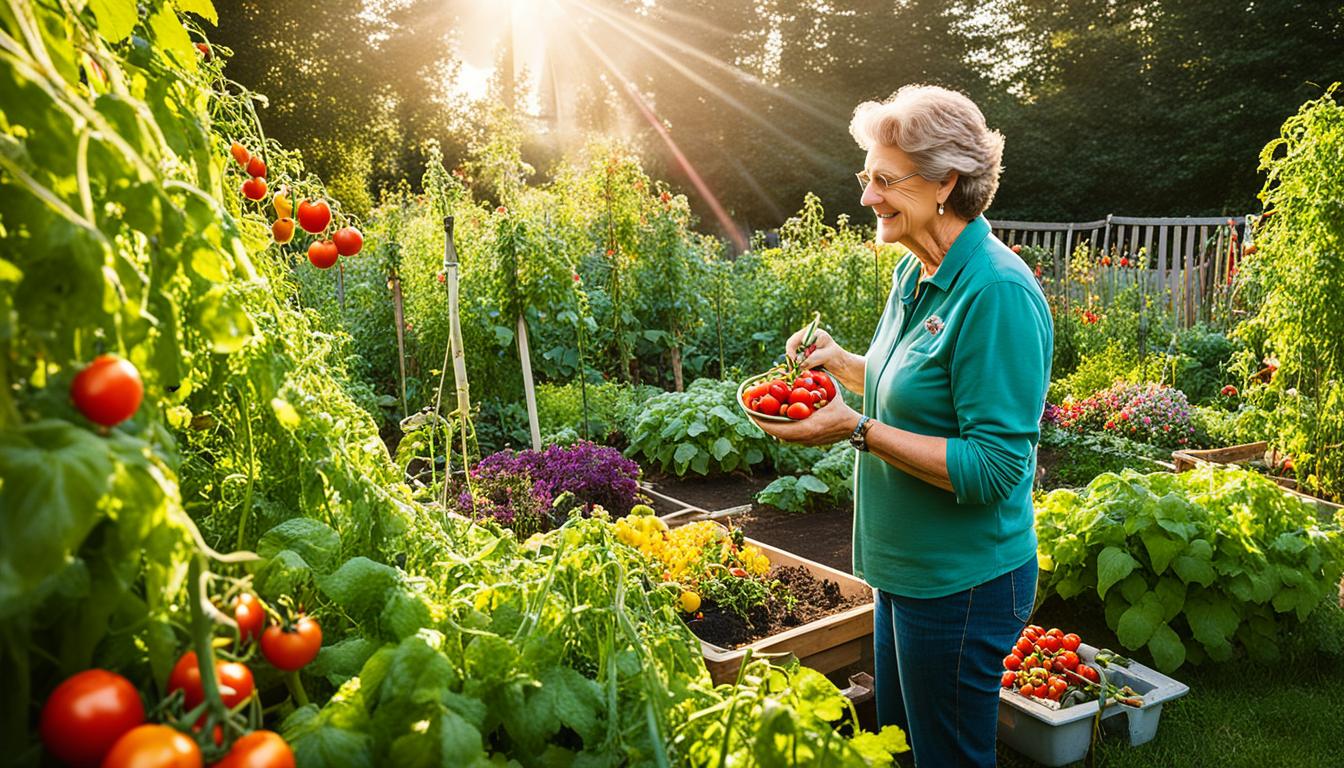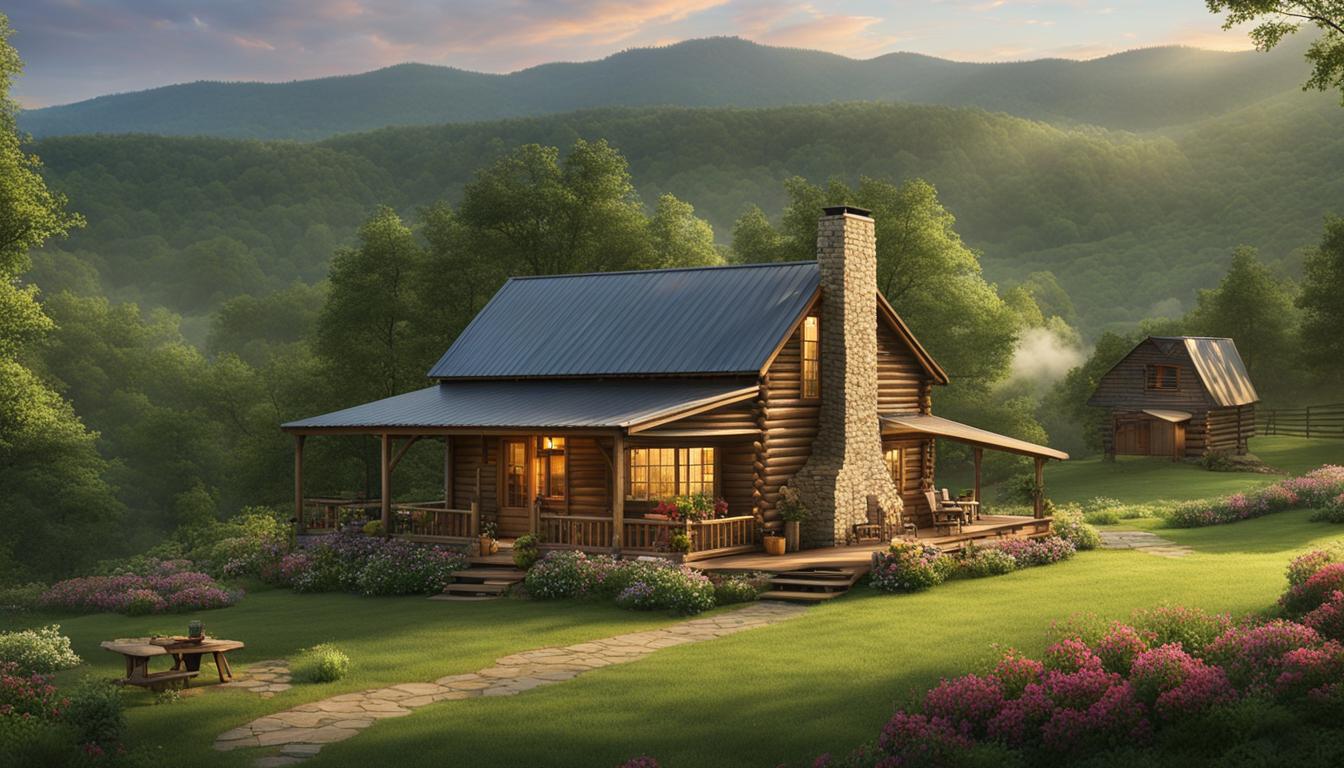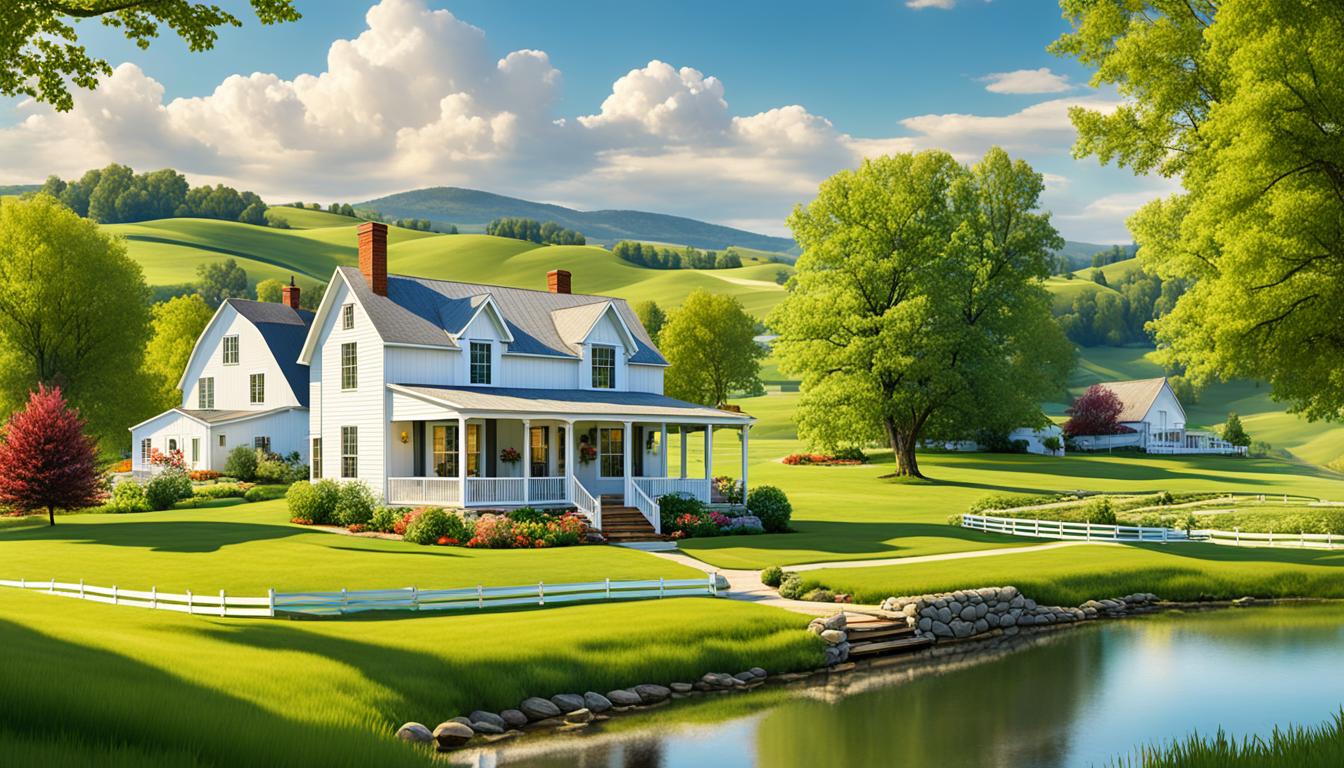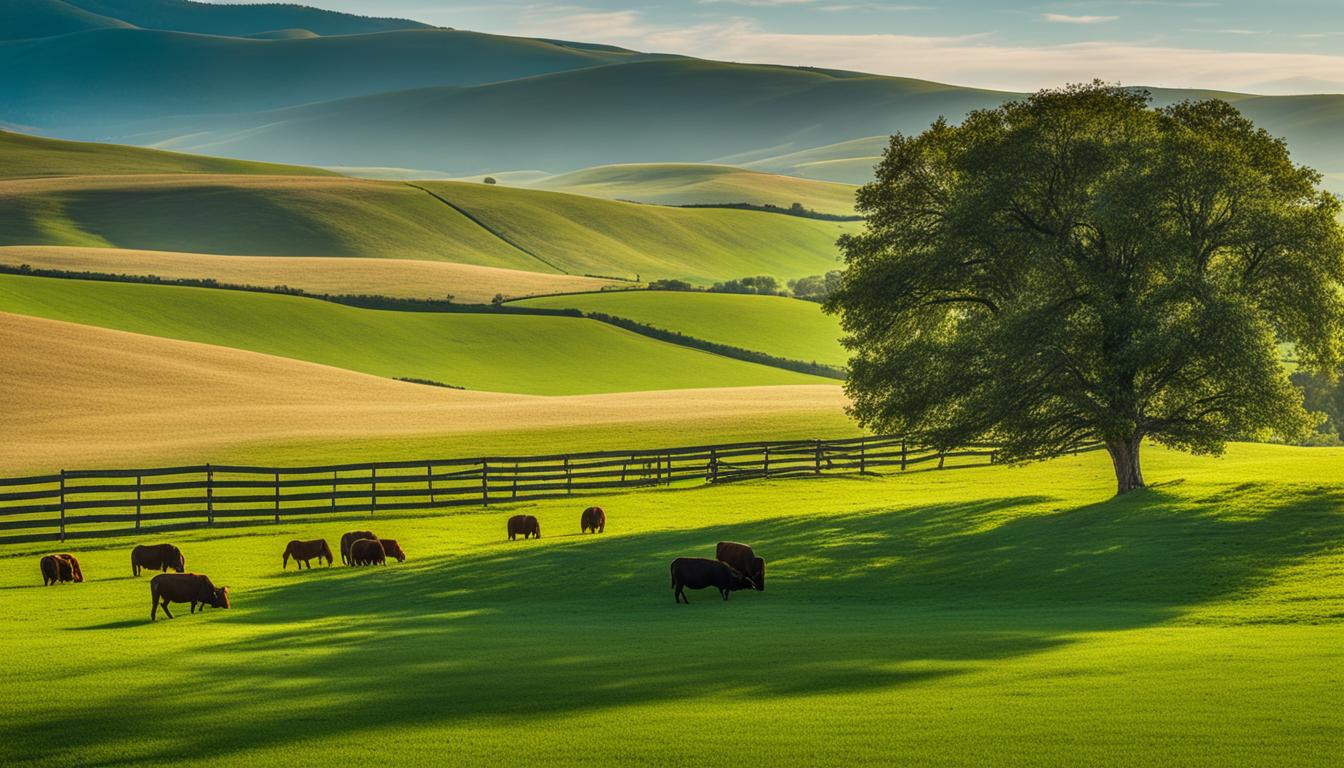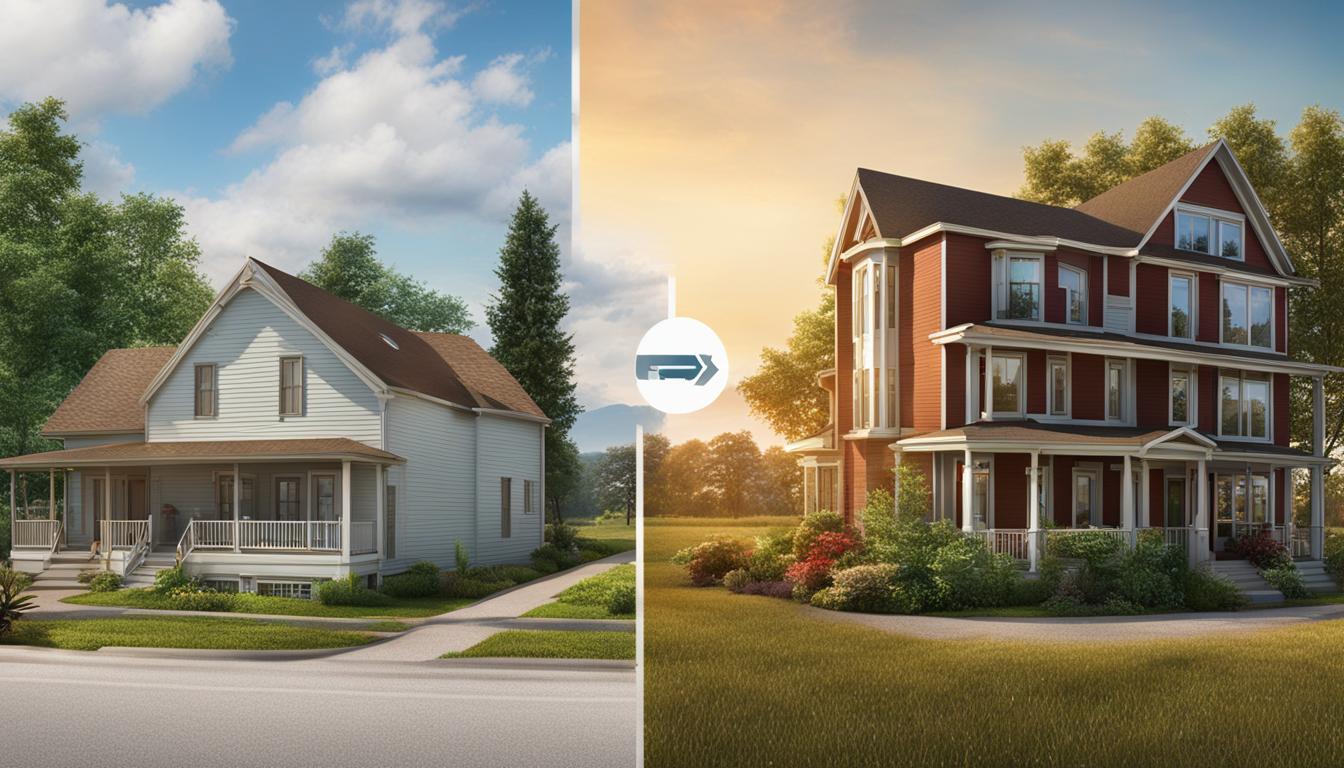Brad T.
June 26, 2023
A Guide To Buying Rural Property: Tips For An Informed Purchase
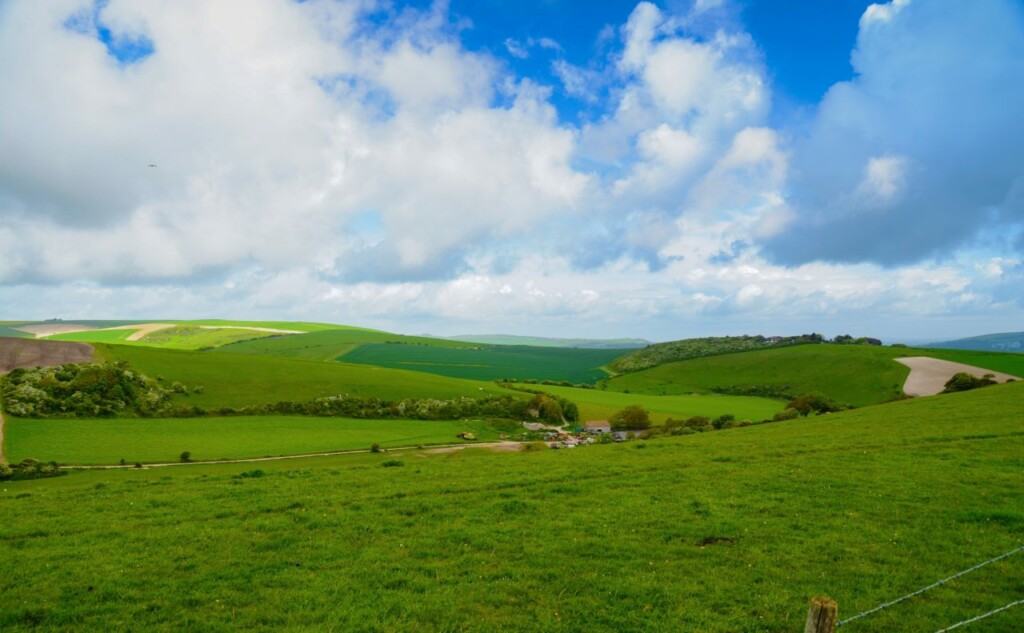
Rural Acreage
Introduction: Purchasing rural property can be an exciting venture, offering the opportunity to escape the hustle and bustle of urban life and embrace a quieter, more serene lifestyle.
However, buying rural property requires careful consideration and a different set of factors compared to buying property in urban areas. Whether you’re seeking a country retreat, farmland, or a place to build your dream home, this article provides valuable tips to help you navigate the process of buying rural property.
While these should not be considered “all-inclusive, and there are many other things to consider based off your own personal situation, here are 7 basic tips:
- Define Your Objectives: Before diving into the rural property market, it’s crucial to clearly define your objectives. Determine your purpose for buying rural property, whether it’s for agricultural use, recreational activities, investment, or a permanent residence. This will guide your search and help you narrow down suitable locations and property types.
-
Research Locations: Rural areas can vary significantly in terms of climate, amenities, infrastructure, and access to services. Research potential locations extensively, considering factors such as proximity to schools, medical facilities, shopping centers, and transportation links. Visit the area at different times of the year to experience its seasonal variations and ensure it aligns with your expectations.
3. Engage Local Experts: Engaging local experts is vital when purchasing rural property. Seek out professionals who have expertise in rural real estate, such as local real estate agents, surveyors, and attorneys. They can provide invaluable advice on property values, zoning regulations, land use restrictions, and potential issues specific to rural areas, such as water rights or environmental considerations.
4. Assess Property Features: Carefully assess the features of the rural property you’re considering. Take note of the land size, topography, soil quality, access to utilities (water, electricity, internet), and any existing structures or improvements. Consider your intended use of the property and ensure it aligns with your requirements. For example, if you plan to farm, evaluate the suitability of the soil for cultivation or the availability of water sources. In our opinion, topography is one of the most under-rated property features. This is also where you consider your preferences and deal-breakers, as we briefly discuss in this article.
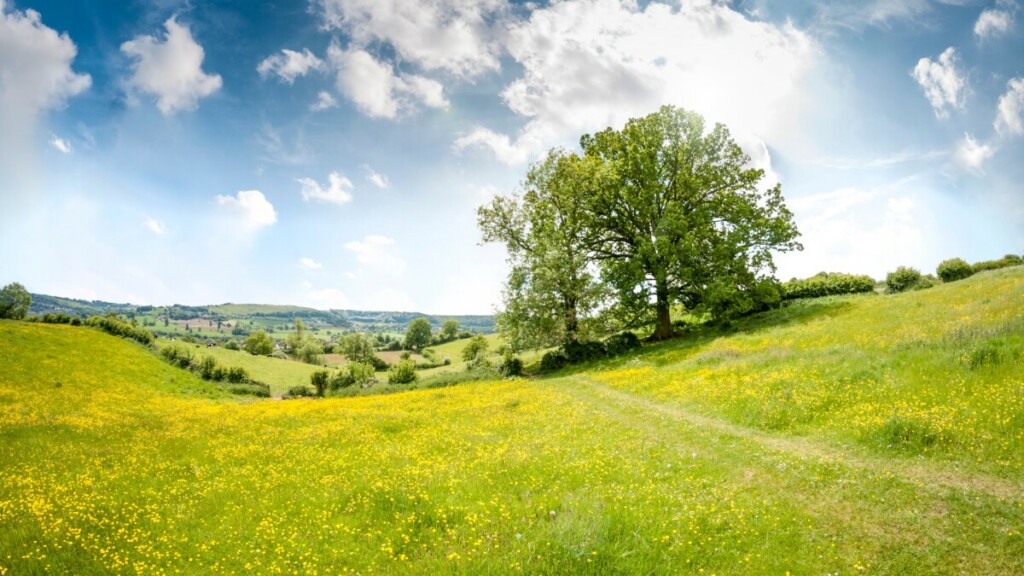
How to Buy Rural Property
-
Don’t Sleep on “Rolling” Topography – Most folks don’t realize that each property with varying degrees of hills, slopes and valleys will offer huge advantages in regards to gardening and small farming flexibility. The benefit of having a property with rolling topography is that it has it’s own little mini-climates. As-in, some areas will be wetter, dryer, cooler and warmer, etc. In the end, this diverse topography allows you to be more diverse with your gardening needs.
-
Conduct Due Diligence: Thorough due diligence is crucial when purchasing rural property. Consider factors such as property boundaries, easements, zoning restrictions, mineral rights, and any existing encumbrances or liens. Conduct a professional inspection to identify potential issues, including environmental concerns, pests, or structural problems. Also, review any existing permits or licenses required for your intended use of the property.
-
Financial Considerations: Evaluate your financial situation and determine your budget for purchasing rural property. Besides the purchase price, consider additional costs such as property taxes, insurance, maintenance expenses, and any necessary improvements or repairs. Assess your financing options and consult with lenders familiar with rural property transactions.
-
Engage the Community: Get to know the local community before making a purchase. Attend local events, join community groups, and interact with neighbors to gain insights into the area’s culture, community dynamics, and potential challenges. Engaging with the community will help you establish a support network and make the transition to rural living smoother.

Sunset, sunrise, sun over rural countryside wheat field. Late spring, early summer
Conclusion: Buying rural property requires research, expert guidance and careful planning. By clearly defining your objectives, conducting thorough due diligence, and engaging local experts, you can make an informed purchase that aligns with your goals and ensures a smooth transition to rural living.
If you feel that you’re ready to begin window shopping or tire kicking different types of rural property, we feel land.com would be an excellent place to start. With patience and the right approach, you’ll be well on your way to enjoying the benefits of rural property ownership.
Recent Blogs
Rural Land Purchase Guide: What to Know
Are you considering buying land in rural areas? Whether you're looking for a peaceful countryside retreat, an investment opportunity, or a chance to embrace a self-sufficient lifestyle,
The Joys of Living In Rural Areas: Serene Bliss
Living in rural areas offers a unique and enchanting experience that is unparalleled. The serene bliss of countryside living provides a break from the hustle and bustle
Land Investment: Value Increase Over Time Explained
Welcome to our guide on investing in land and understanding the potential value increase over time. Land can be a lucrative investment opportunity, offering enticing returns and
Benefits of Home Gardening: Why It’s Vital
Welcome to our article on the benefits of home gardening. In today's fast-paced world, where convenience often takes precedence, the act of nurturing and growing plants in
Living in the Appalachians: Insights & Lifestyle
Welcome to the breathtaking region of the Appalachians, where the beauty of the mountains and the warmth of its communities create a unique and enriching living experience.
Why More Americans Choose Rural Life in 2024
Over the past decade, there has been a noticeable trend of Americans moving away from crowded cities and embracing the quiet, serene lifestyle of rural areas. In
Investing in Rural Land: Essential Tips
Are you considering investing in rural land? Whether you're looking for a peaceful getaway or an opportunity to diversify your investment portfolio, rural land can offer unique
Comparing Affordability: Rural Living vs. City Living
When it comes to choosing a place to live, affordability is often a top consideration. Rural areas can offer a less expensive lifestyle compared to bustling cities,
The Importance of Prepping and Survival Skills – Interviewing David
The Importance of Prepping and Survival Skills: Interviewing David Savage Ever wonder what you'd do in a crisis situation in which




